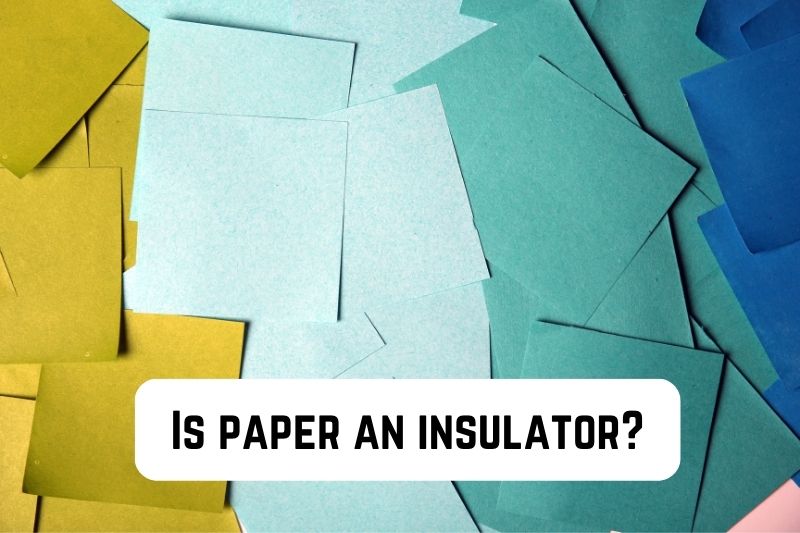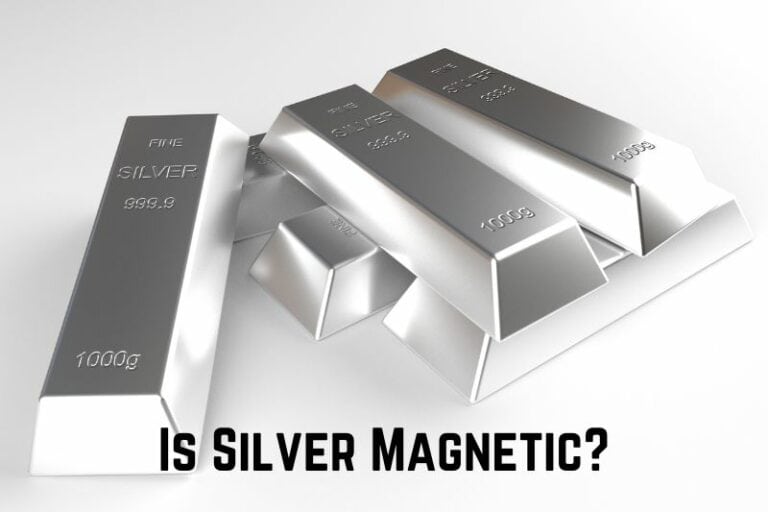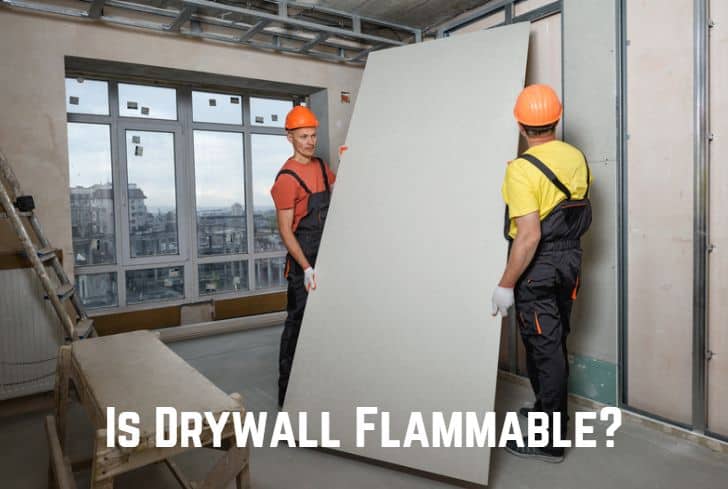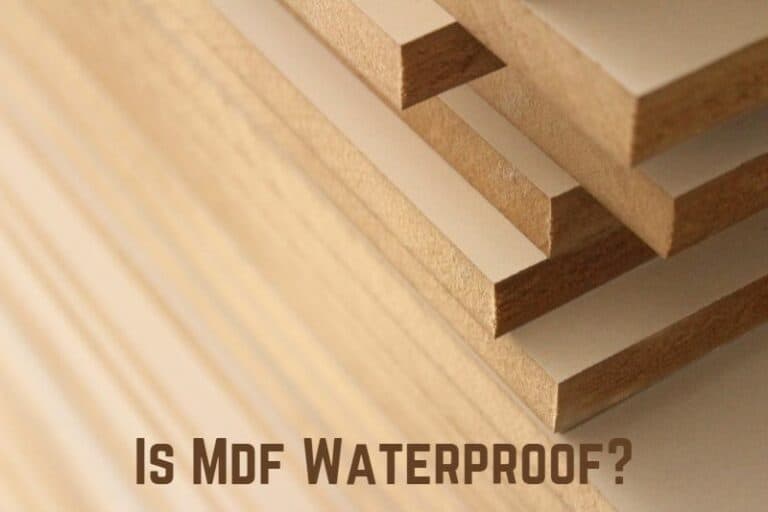Is Paper an Insulator? (Answered)

We all use paper in our everyday lives, whether it is for scribbling grocery items or for signing a file at the workplace. Paper is also widely used in industrial applications. But have you ever wondered if paper is an insulator or not?
In this article, we are going to discuss just that. We will begin by talking about its heat and electricity properties. Then, we will talk about its uses. We will also compare it with other materials like wood.
Read: Is Graphene Magnetic?
Is Paper an Insulator or Conductor?
Paper is an insulator of both heat and electricity, meaning that it does not conduct either of them. This is because it does not allow the free flow of electrons. However, some types of paper, such as those containing metal particles, may be slightly more conductive.
First, let us begin by learning about conduction. For a material to conduct electricity, it must have free electrons that can move the electric charge from one place to the other. In metals, their ions form a giant structure known as the “sea of delocalized electrons”, which can move freely.
But paper does not have these free-moving ions. Therefore, it is an insulator: a material that does not conduct electricity. Thanks to its insulating property, paper is used in several applications to hold the flow of electricity.
However, it is important to note that the insulation property of paper is dependent on several factors. Temperature is an important factor that can affect paper conductivity. Paper that has been subject to hot temperatures is generally more conductive than paper that is cold.
Similarly, water or moisture can also increase the conductivity of paper. Finally, some types of specialist paper may contain metal particles. These may also increase the conductivity of paper. However, it will remain a poor conductor when compared to other metals like copper, gold, or aluminum.
Why is Paper a Good Insulator?
Paper is a good insulator because it does not allow the free flow of electrons, which are required for the conduction of electricity. It is made up of a network of cellulose fibers that do not allow any free flow.
Paper is a thin sheet material that is produced by processing cellulose fibers. These fibers are derived from wood, rags, or other vegetable sources. The water is drained through a fine mesh, which leaves the fiber evenly distributed on the surface. This is then pressed and dried.
Cellulose is a polymer, meaning that it consists of several repeating units. These units are bonded together and do not allow the free flow of electrons (which are necessary for electrical conduction).
Other types of paper may be made up of wood and a cellulose mix. Wood contains lignin, which again does not contain electricity. Combining cellulose fibers and lignin also creates a material that restricts the free flow of electrons and is non-conductive.
Uses of Paper as an Insulator
These are the uses of paper as an insulator:
- Electrical Cabling and Wiring: Paper is often used in electrical cables as an insulator. It protects each core by keeping it separate from the other. It helps to cover wires and protect against short-circuiting and other electrical hazards. This ultimately ensures the smooth flow of electrical current, improving the performance of the electrical system.
- Circuit Boards: Circuit boards sometimes use materials that contain paper as their substrate. They usually come together with other materials such as FR-4, which is a type of plastic that is well-suited for electronic devices.
- Transformers: In transformers, paper is used as one of the materials for constructing the cores. This is because the metal sheets inside a transformer need to be separated by an insulating material, and paper usually comes in handy. It stops the layers of metal (the transformer’s core) from coming into contact with each other, allowing the transformer to work effectively.
- Paper Capacitors: Some types of capacitors use paper as their dielectric. Paper is ideal for this use as it is non-conductive and can hold a large amount of charge in a small space. However, today it is generally not used in capacitors. This is because other materials, such as ceramic, plastic, or metal foil are much more effective at holding an electrical charge.
- Packaging: Paper is often used to create insulating containers and for packaging. As the paper is a poor conductor of heat, it helps to maintain temperature levels for long periods.
When Does Paper Conduct Electricity?
The paper does not generally conduct electricity. However, in some cases, it may become more conductive than it normally is.
By itself, a piece of paper does not conduct electricity. It is made up of a cellulose fiber that does not allow the free flow of electrons needed for electrical conduction. However, there are some exceptions to this rule.
Temperature, moisture, and added materials all affect the paper’s conductivity. Increasing the temperature will increase the conductivity of the paper. Adding moisture will do the same: wet paper is more conductive than dry paper as water conducts electricity. Adding metal particles will also make the paper more conductive.
There are also some other ways by which paper can become more conductive:
- Conductive Inks: When conductive inks or paints are added onto paper, they can create conductive paths through the material. This is because they contain materials like graphite, carbon block, or metal particles—all of which are conductive.
- Carbonized/Graphitized Paper: Paper can be heated at high temperatures in the absence of oxygen; this process is known as carbonization and it can alter the paper’s structure. Other specialized treatments can also be done to create more conductive structures, thus increasing the paper’s conductivity.
- Coatings: Applying conductive coatings onto the paper can also make it more conductive. These coatings contain metal nanoparticles or polymers, which are conductive materials and hence enhance paper’s conductivity.
- Chemicals: We can also add certain chemicals or dopants to paper to increase its electrical conductivity. Research and experimental applications often use this method.
Is Wood a Better Insulator Than Paper?
Yes, wood is generally a better insulator (of both heat and electricity) than paper. Both wood and paper have insulating properties, but wood tends to be a more effective insulator due to its composition.
Wood has a higher density, and it contains more air pockets as well as fibers compared to paper. These air pockets and fibers trap air, which is a poor conductor of heat. Therefore, wood has lower thermal conductivity than paper.
This is why wood is often used in construction and woodworking. Its thermal resistance helps maintain more comfortable and consistent indoor temperatures. It is also used in cooking utensils (your saucer probably has a wooden handle to make sure it doesn’t get hot).
Moreover, wood is also a good insulator of electricity. It contains cellulose fibers, which also have low electrical conductivity. The presence of air pockets also further helps the insulation. In applications where electrical insulation is crucial, wood is generally preferred over paper.
This is why wood is used in electrical utility poles and electrical boards. It also helps to insulate sound, which is why auditoriums, theaters, and recording rooms use it to get the best audio. Speakers also use wood in their housings to contain the noise and send it in the direction of the speaker.
However, while dry wood does not conduct electricity, it is important to note that wet wood can be conductive. Wood that is moist or contains impurities like salt can let electricity pass through it. This is why is it never safe to sit under a tree during a thunderstorm.
Is Paper a Conductor of Heat?
No, paper is not a conductor of heat either. It is an insulator of both heat and electricity due to its composition. Although it can conduct some heat, the rate of thermal transfer would be quite slow as compared to other materials (such as metals).
Wood and plastic are true insulators of heat, as they do not allow any thermal transfer. Paper allows more thermal transfer than them but it is still an insulator. It does not conduct heat as well as materials like metal or glass.
This is because of the fibrous nature of paper. It also has air trapped within its structures. These two create pockets of air that act as barriers to heat flow. This effectively slows down the transfer of heat through the material.
The low thermal conductivity of paper is used in many applications, such as packaging, stationery, etc. However, wood or specialized insulation materials are used for applications where insulation is crucial.
Read: Is Contact Paper Waterproof? (Answer Inside)
Conclusion
In this article, we have talked about the insulation properties of paper. Paper is composed of cellulose fibers, which do not allow the free flow of electrons that are necessary for conductivity. Paper’s insulation property depends on factors like temperature, moisture, and additional materials (say added metal particles), but in general, paper cannot conduct electricity or heat well. Wood is an even better insulator of electricity & heat.






